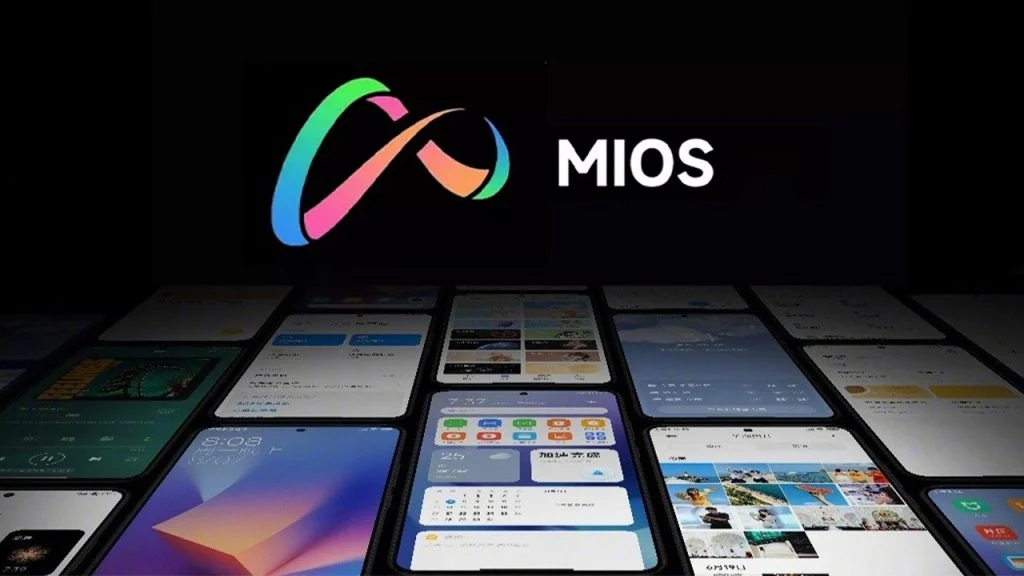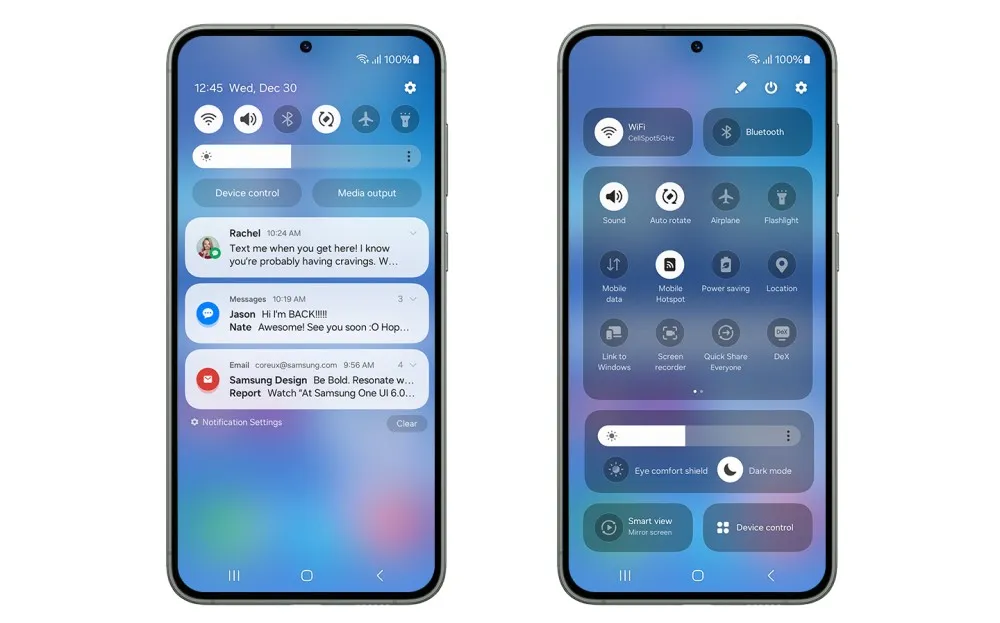Alibaba’s research team has introduced a sophisticated framework called AtomoVideo for generating videos from images. They have presented research papers, Image-to-Video examples of AtomoVideo, and showcased samples from Runway’s Gen-2 and Pika 1.0.
Comparison with Existing Models
Upon examination, AtomoVideo, although a first-generation product, displays promising results, albeit not yet achieving complete realism. Notably, in contrast to Runway’s second-generation model, AtomoVideo handles transitions between frames better, as demonstrated in samples like an astronaut in space. While Gen-2 failed to maintain consistency in certain elements, AtomoVideo handled movements more smoothly. Another instance showed Gen-2 producing odd visual artifacts, while Pika 1.0 exhibited peculiar movements. In comparison, AtomoVideo's output was simpler and more accurate.
Key Features of AtomoVideo
AtomoVideo excels in maintaining fidelity to input images, ensuring seamless motion transitions, and predicting subsequent video frames. It is compatible with varied Text to Image (T2I) models, offering high semantic control for customized video content. Leveraging pre-trained T2I models as a foundation, AtomoVideo enhances its performance with spatiotemporal convolution and attention modules. These additions capture finer details and styles, ensuring consistency across generated videos. Incorporating advanced image semantics through Cross-Attention mechanisms further enhances semantic control in video production.
While AtomoVideo demonstrates impressive capabilities, the absence of an online platform for user experience remains a limitation. Nevertheless, Alibaba’s AtomoVideo framework stands as a significant advancement in the realm of image-to-video synthesis.



